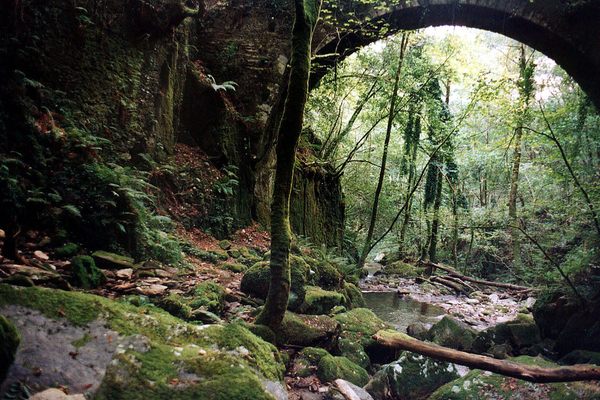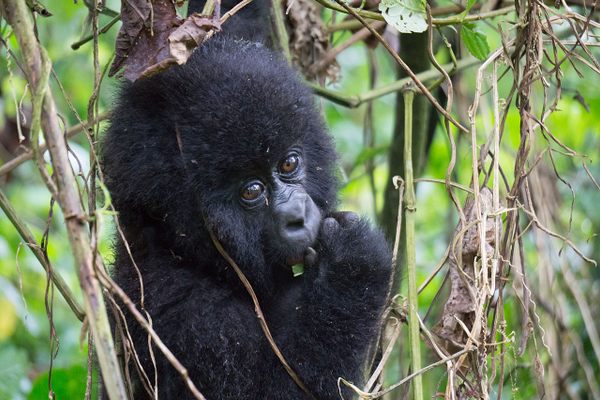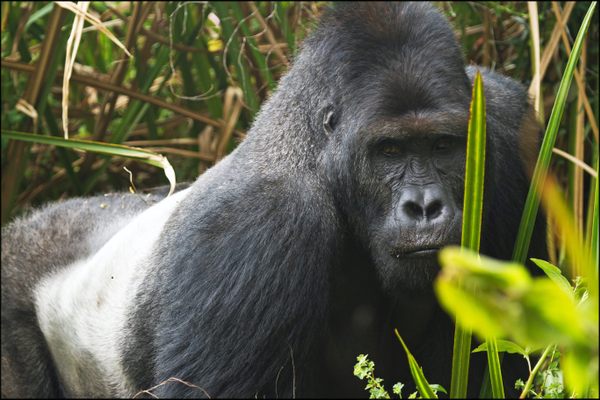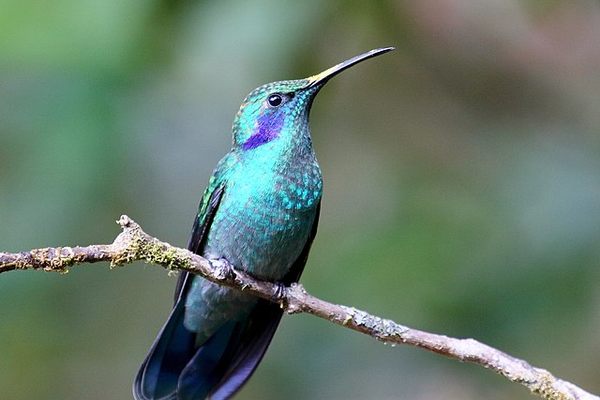AO Edited
Fern Ridge Unit
This tiny site in Iowa, part of a patchwork national wildlife refuge, is home to ancient flora and fauna.
In northeastern Iowa’s Clayton County, a gravel road passes Elkader Airport and curves around a hillside. There’s a small kiosk with a map informing visitors they’ve reached the Fern Ridge Unit of the Driftless Area National Wildlife Refuge, managed by the U.S. Fish & Wildlife Service. But this is not your typical wildlife refuge, and Fern Ridge, while it may look identical to other slopes rising up from the surrounding farmland, is not your typical hillside.
The Driftless Area National Wildlife Refuge is a patchwork of small parcels totaling less than 1,000 acres scattered across this corner of Iowa and, just across the Mississippi River, neighboring Wisconsin. The refuge takes its name from the larger Driftless Area, which also includes slivers of northwest Illinois and southeast Minnesota. This Upper Midwest region is both scenic and scientifically significant: As glaciers descended from the north on and off over the last several million years, they somehow missed this spot. As a result, the landscape hasn’t been flattened and instead is full of steep hills and ravines. There’s no glacial drift, the rocky debris left in a glacier’s wake, hence the name “Driftless.”
A lack of glaciation is only part of what makes Fern Ridge and other units in the refuge special, however. Fern Ridge includes a north-facing slope and, nearby, a steep cliff—both are home to flora and fauna that are either extinct elsewhere or exist only far to the north. Made of limestone, the Fern Ridge landscape features a sinkhole and numerous fractures in the rock that allow water to accumulate and, during winter, freeze. The chilled air then escapes via ice vents that, on north-facing parts of the site that don’t receive direct sunlight, create a cool microclimate. It’s here in what researchers call an Ice Age refugium that the northern monkshood plant (Aconitum noveboracense) and other endangered or threatened species are able to survive.
Most of Fern Ridge is open to the public, though a map shows areas off-limits to protect the fragile Ice Age environment. You can follow a trail that leads gently uphill, past the off-limits slope on the western side of the unit, but visitors must take care not to venture off it and damage the fragile ecosystem that has persisted for thousands of years. A spring bubbles directly out of the rock at the base of the protected cliff on the north side of the unit, but enjoy the view from the nearby bridge: The land to the west is privately owned and there is no public access to the spring.
Know Before You Go
Fern Ridge unit is open to the public year-round, including to hunters during deer and turkey season; visitors should be aware of the hunting season windows and exercise appropriate caution. Areas marked in red on the Fish & Wildlife Service map of the unit are off-limits at all times to protect the fragile ecosystem and the federally-listed endangered and threatened species that it supports. Land surrounding the unit is privately owned and not open to the public.




















Follow us on Twitter to get the latest on the world's hidden wonders.
Like us on Facebook to get the latest on the world's hidden wonders.
Follow us on Twitter Like us on Facebook